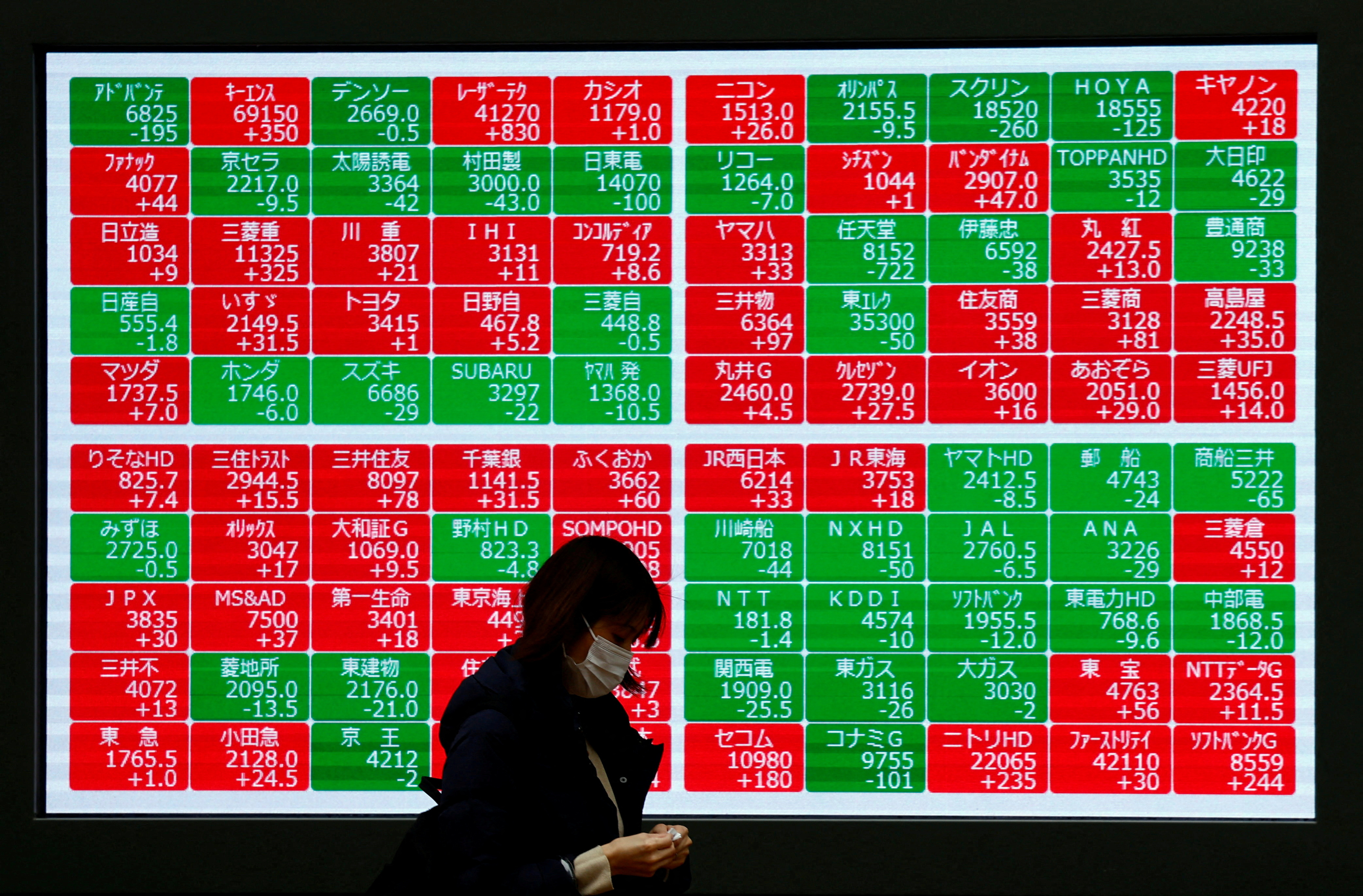Report on U.S. Foreign Direct Investment Trends and Sustainable Development Goal Implications
Executive Summary of Investment Data
Data released by the Bureau of Economic Analysis for the year 2023 indicates significant shifts in foreign direct investment (FDI) into the United States, with direct consequences for the advancement of several Sustainable Development Goals (SDGs). Key findings include:
- Total new FDI, comprising acquisitions, the establishment of new businesses, and the expansion of existing operations, amounted to $151 billion.
- These investment flows are critical for achieving SDG 8 (Decent Work and Economic Growth) and SDG 9 (Industry, Innovation, and Infrastructure).
Regional Investment Analysis and SDG 17
A regional breakdown of FDI sources highlights a dependency on specific global partnerships, a core component of SDG 17 (Partnerships for the Goals).
- Europe: Remained the primary source of new investment, contributing $96.7 billion.
- Asia: Ranked as the second-largest source, with investment totaling $23.2 billion.
The disparity in investment levels underscores the varying strength of international economic partnerships and their role in funding sustainable development initiatives within the U.S.
Decline in Asian FDI and Core SDG Impacts
The most significant finding is a substantial decrease in investment from Asian countries, which has direct implications for key SDGs.
- New FDI from Asia experienced a 40% decline, falling to $23.2 billion. South Korea registered the largest single drop in new spending.
- Impact on SDG 8 (Decent Work and Economic Growth): Such a sharp reduction in capital investment poses a risk to sustainable economic growth and the creation of decent jobs, which are fundamental targets of SDG 8.
- Impact on SDG 9 (Industry, Innovation, and Infrastructure): A decline in FDI from a technologically advanced region like Asia can slow the development of resilient infrastructure, inhibit inclusive and sustainable industrialization, and stifle innovation.
- Impact on SDG 10 (Reduced Inequalities): The reduction of investment flows can affect the economic stability of communities reliant on foreign-funded enterprises, potentially impacting progress toward reducing inequalities. Ensuring that all FDI adheres to fair labor practices is crucial for the positive advancement of this goal.
Analysis of Sustainable Development Goals (SDGs) in the Article
1. Which SDGs are addressed or connected to the issues highlighted in the article?
-
SDG 8: Decent Work and Economic Growth
- The article’s central theme is Foreign Direct Investment (FDI), which is a critical driver of economic growth, investment, and potential job creation. The decline in FDI from Asia, as reported, directly relates to the financial inputs that support economic activity, a core concern of SDG 8.
-
SDG 17: Partnerships for the Goals
- FDI represents a key financial flow and a form of international private-sector partnership. The article discusses the volume and sources of these cross-border investments, which falls under the “Means of Implementation” and global partnerships addressed by SDG 17.
2. What specific targets under those SDGs can be identified based on the article’s content?
-
Target 8.1: Sustain per capita economic growth in accordance with national circumstances.
- The article discusses the total volume of new FDI ($151 billion), which is a fundamental component of the investment required to sustain and grow a nation’s economy (GDP). A significant decline in these investment flows could impact the ability to achieve sustained economic growth.
-
Target 17.13: Enhance global macroeconomic stability, including through policy coordination and policy coherence.
- FDI flows are a major indicator of global macroeconomic health and investor confidence. The article’s data on the 40% decline in FDI from Asia into the U.S. reflects a shift in global financial flows, which is a key aspect of macroeconomic stability monitored under this target.
3. Are there any indicators mentioned or implied in the article that can be used to measure progress towards the identified targets?
-
Yes, the article explicitly provides data for an indicator related to financial flows.
- The primary indicator is “Foreign direct investment (FDI) inflows.” The official SDG framework uses this as an indicator (e.g., Indicator 10.b.1) to track financial flows.
- The article provides specific quantitative data points for this indicator:
- Total new FDI into the U.S.: $151 billion.
- FDI from Asia: $23.2 billion.
- FDI from Europe: $96.7 billion.
- A rate of change: A 40% decline in new FDI from Asian countries.
- This data can be used to measure and monitor the volume and stability of financial resources and partnerships, which are central to the identified targets.
4. Table of SDGs, Targets, and Indicators
| SDGs | Targets | Indicators |
|---|---|---|
| SDG 8: Decent Work and Economic Growth | Target 8.1: Sustain per capita economic growth. | Foreign direct investment (FDI) inflows. (Quantified in the article as $151 billion in total new FDI, with a 40% decline from Asian countries). |
| SDG 17: Partnerships for the Goals | Target 17.13: Enhance global macroeconomic stability. | Foreign direct investment (FDI) inflows by source region. (Quantified in the article as $23.2 billion from Asia and $96.7 billion from Europe). |
Source: asia.nikkei.com







